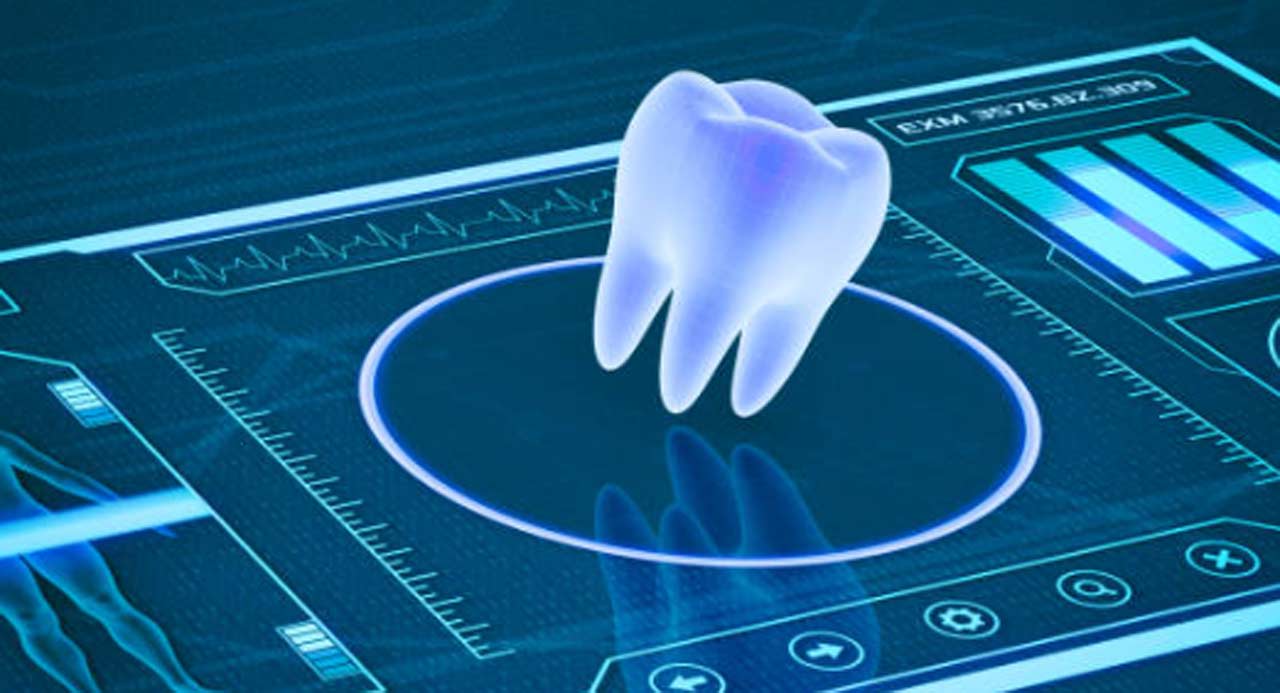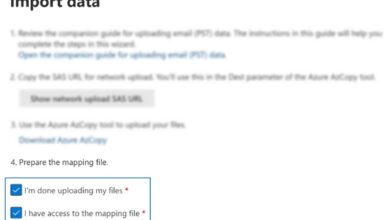
Understand Your Office’s Needs
Before diving into specific software options, it’s crucial to assess the unique needs of your dental practice. Different offices have varying requirements depending on their size, specialty, and patient base. For instance, a small family dental clinic might need software with robust patient scheduling features, while a larger practice specializing in orthodontics may prioritize advanced imaging capabilities. Consider the day-to-day operations of your office and identify the areas where software could improve efficiency or reduce manual workload. Understanding these needs will provide a clear direction when evaluating different software solutions.
Evaluate User-Friendliness
User-friendliness is a critical factor in choosing dental software. The best software should be intuitive and easy for all staff members to use, regardless of their tech-savviness. Complex systems that require extensive training can lead to frustration and decreased productivity. Look for software with a clean, simple interface that offers clear navigation and accessible support options. Additionally, consider the learning curve involved in getting your team up to speed. Software that is easy to learn and use will not only save time but also reduce the likelihood of errors in patient management and billing.
Prioritize Integration Capabilities
In a busy dental office, software integration is essential for seamless operation. The software you choose should integrate smoothly with existing systems such as electronic health records (EHR), billing, and scheduling tools. Integration capabilities allow for better communication between different parts of your practice, reducing data entry errors and ensuring that information flows smoothly between departments. Moreover, integrated systems can provide a more comprehensive view of patient information, which can enhance the quality of care. When evaluating software, ask about its compatibility with other tools you already use or plan to implement.
Focus on Security and Compliance
Security and compliance are non-negotiable aspects of dental office software. Patient data is highly sensitive, and safeguarding it should be a top priority. The software you choose must comply with regulations such as the Health Insurance Portability and Accountability Act (HIPAA) in the United States, which sets standards for protecting patient information. Look for software with robust security features, including encryption, secure login protocols, and regular updates to address potential vulnerabilities. Additionally, ensure that the software provider offers support for compliance issues, as navigating these can be complex without proper guidance.
Consider Cost and Scalability
Finally, consider the cost and scalability of the software. Dental office software is a significant investment, so it’s important to ensure that it offers good value for money. While it might be tempting to choose the cheapest option, it’s crucial to weigh the costs against the benefits and features offered. Additionally, think about the future growth of your practice. Will the software scale with your office as it expands, or will you need to upgrade to a different system down the line? Opting for scalable software can save you time and money in the long run, allowing your practice to grow without the need for disruptive software changes.
Make an Informed Decision
Choosing the right software for your dental office is not a decision to be taken lightly. By thoroughly assessing your office’s needs, prioritizing user-friendliness, focusing on integration, ensuring security and compliance, and considering cost and scalability, you can select a software solution that will enhance your practice’s efficiency and patient care. Remember, the best software is one that fits seamlessly into your workflow and supports your practice’s long-term goals. Take the time to research and demo different options, and don’t hesitate to seek input from your team—after all, they’ll be the ones using the software daily.
The Best Software for Your Practice
In conclusion, the right software can transform the way your dental office operates, leading to improved patient experiences and a more streamlined workflow. By understanding your needs, evaluating key features, and making a thoughtful, informed choice, you can ensure that your investment in software pays off in both the short and long term. Whether you’re upgrading your current system or choosing software for a new practice, the considerations outlined in this guide will help you find the best fit for your office. With the right tools in place, your dental office can achieve greater efficiency, security, and success.








